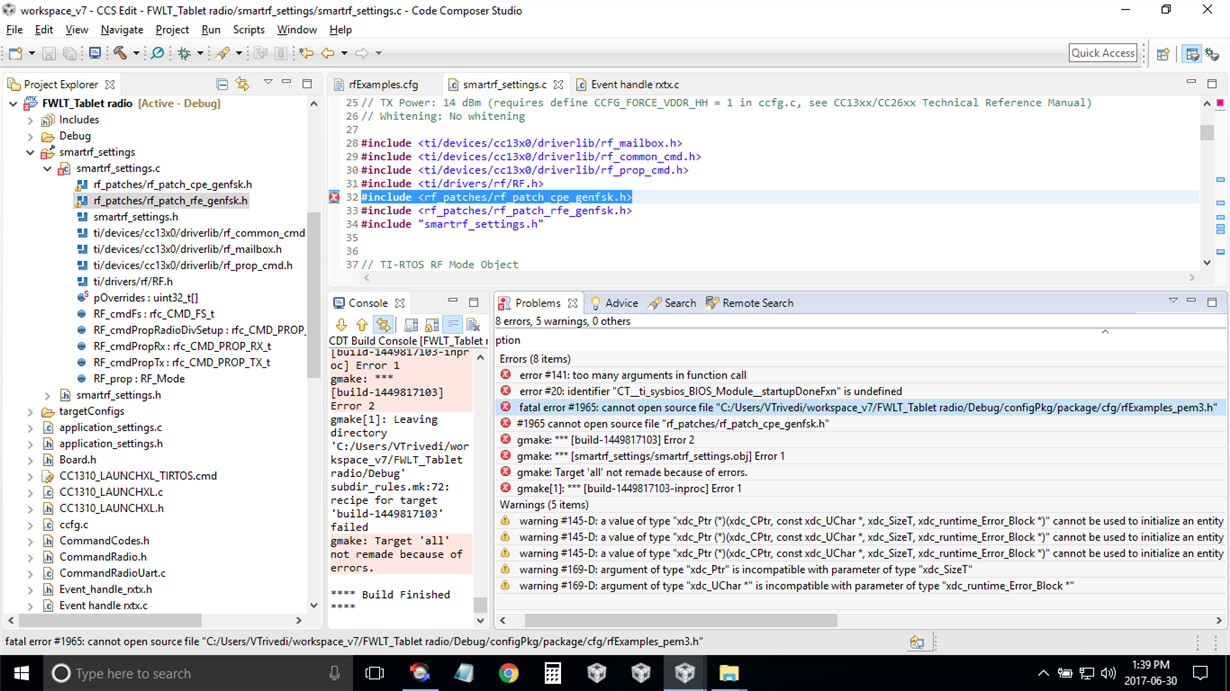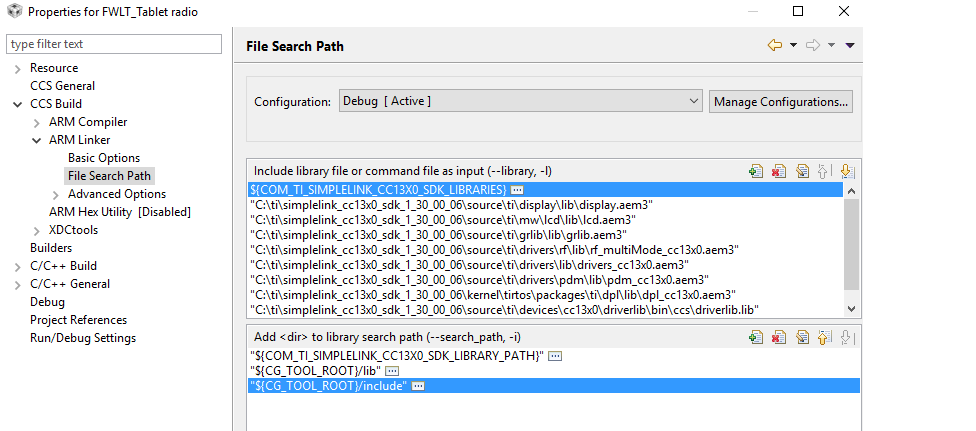Part Number: CC1310EMK
Hi Team,
We have decided to use the SimpleLink Sub 1-GHz CC13x0 Software Development Kit release.
However, while browsing through the webpage " I found the statement "This release is available royalty-free to customers using TI’s SimpleLink Sub-1 GHz CC1310 and Dual-band CC1350 wireless MCUs, and runs on TI’s CC1310 LaunchPad™ and CC1350 LaunchPad™ development kits."
I found the statement "This release is available royalty-free to customers using TI’s SimpleLink Sub-1 GHz CC1310 and Dual-band CC1350 wireless MCUs, and runs on TI’s CC1310 LaunchPad™ and CC1350 LaunchPad™ development kits."
Does this means that the SimpleLink SDK is only used with Launchpads and not with the CC1310 EVM.
I am more interested in using it because of the frequency hoping feature.
Please provide your feedback.
Thank you
Vikram





